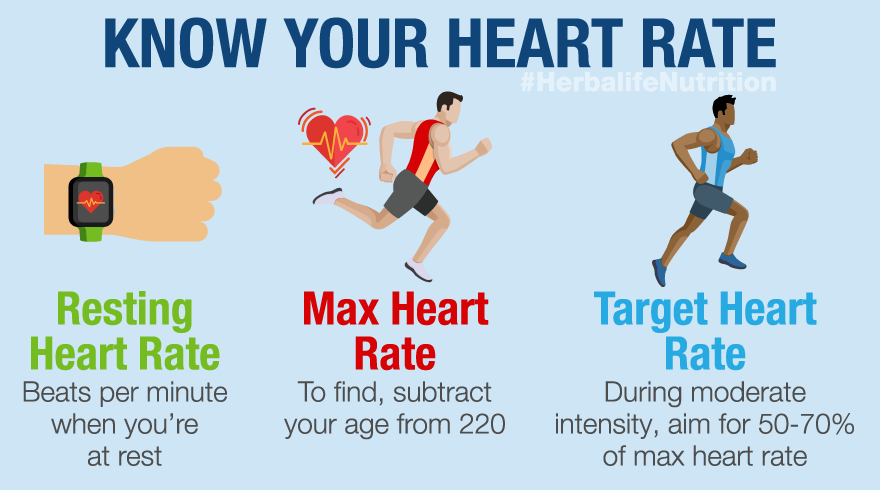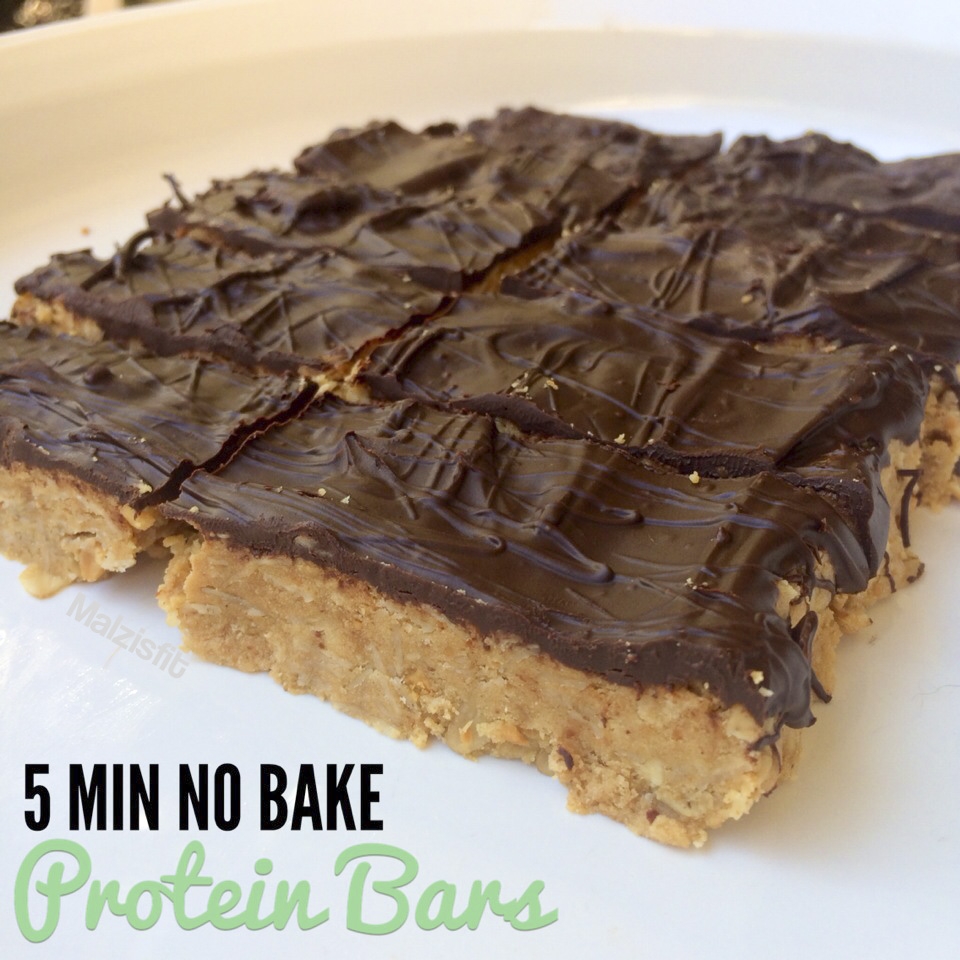A child of 3 or 4 should have an exercising heart rate of around 137 beats per minute. You can feel the radial pulse on the artery of the wrist in line with the thumb.
 Herbalife Nutrition Twitterissa Knowing Your Heart Rate Is Key To A Healthy Heart Resting On Average 60 100 Beats Per Minute Max Safest Max Beats Per Minute While Exercising Target
Herbalife Nutrition Twitterissa Knowing Your Heart Rate Is Key To A Healthy Heart Resting On Average 60 100 Beats Per Minute Max Safest Max Beats Per Minute While Exercising Target
Do not use the thumb.

Heart rate while exercising. The following are the five different zones based on your maximum heart rate. If you want a general idea of what your maximum exercise heart rate should be then take 220 and subtract your age. Vigorously intense exercise is exercising at 77 percent to 93 percent of your max heart rate.
Or use these steps to check your heart rate during exercise. The impact of exercise on your heart rate can be a complex concept to understand. Multiply this number by 4 to calculate your beats per minute.
60 to 70 percent of maximum heart rate Zone 3. 80 to 90 percent of maximum heart rate Zone 5. Place the tips of the index and middle fingers over the artery and press lightly.
Generally to figure out whether you are exercising within the target heart rate zone you must briefly stop exercising to take your pulse. 7 Zeilen Your target heart rate when exercising is normally 60 to 80 percent of your maximum heart. 50 to 60 percent of maximum heart rate Zone 2.
The more intense the exercise the higher the heart rate. When you exercise at the highest possible intensity your heart will. Take a full 60-second count of the heartbeats or take for 30 seconds and.
At 35 years old your heart rate for moderately vigorous exercise should be between 118 bpm 220 - 35 185 bpm. From 8 to 11 it is even lower 130 beats per minute. By 5 to 7 years old the heart rate drops to just 133 beats per minute.
Learning how to calculate your heart rate ranges can be a valuable tool not only for monitoring your health but also ensuring you get the most out of. Finally in adolescence the exercising heart rate is significantly lower. We recommend the wrist.
Take your pulse for 15 seconds. Essentially your body needs more oxygen as you become more active so your heart needs to work harder and faster to get that oxygen. Heart rate and exercise intensity share a direct linear relationship.
Heart rate monitors which monitor your heart rate while you exercise can help you do that with ease. This is because of something called cardiac output. Normally when you exercise you want your heart rate to get up to about 60 to 80 percent of your maximum heart rate says Tamanna Singh MD a clinical cardiologist at the Cleveland Clinic.
If your heart rate does not go up enough during exercise or if it cant mount any response to exercise you could have a heart problem. To check your pulse over your carotid artery place your index and third fingers on your. Target heart rate during moderate intensity activities is about 50-70 of maximum heart rate while during vigorous physical activity its about 70-85 of maximum.
Your heart rate will definitely increase as your activity level rises but there is a healthy range for your heart rate and anything outside of that may be an indicator of a heart condition. It makes sense that when youre exercising your heart rate increases. Use a heart-rate monitor to quickly check your status.
Calculate your maximum heart rate by subtracting your age from 220. Heart rate and exercise intensity share a direct linear relationship. When you exercise at the highest possible intensity your heart will reach maximal heart rate HRmax the fastest rate it is capable of beating.
What Is a Safe Upper Limit for Heart Rate During Exercise. 185 x 064 118 bpm and 141bpm 185 x 076 141 bpm. General heart rate guidelines A normal resting heart rate may range from 60 to 100 beats a minute.
What Can Affect Your Heart Rate During Exercise. You can take your pulse at your neck wrist or chest. And the maximum heart rate that you can safely achieve during exercise is around 85 of the above number.
During exercise most healthy people should stay in the range of 50 percent to 85 percent of their maximum heart rate. The more intense the exercise the higher the heart rate. As your temperature increases so does the need to cool your body.
Athletes with an extensive background in aerobic training have more efficient heart muscles. Your safe heart rate depends on your age as well as the rate of your resting heart rate. 70 to 80 percent of maximum heart rate Zone 4.
According to the American Heart Association your maximum heart rate is 220 your age. The key to cardiovascular fitness is getting a good but safe aerobic workout.
